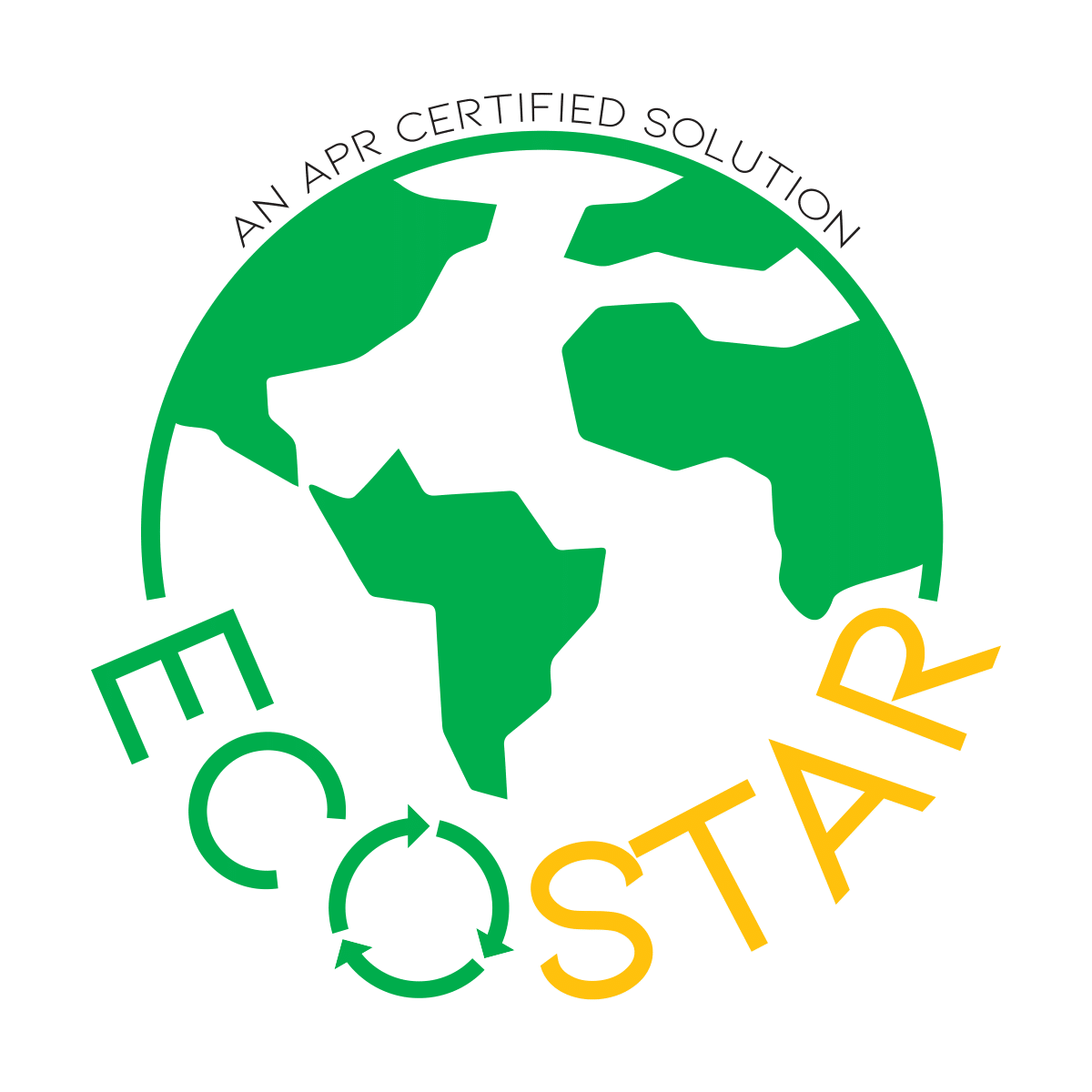If you work in the printing sector, you’ve likely heard the word “flexography” but don’t yet have any context for it. If so, you may have asked yourself: What is flexography used for?
Flexography is a modern high-speed printing process suitable for most packaging and label applications. It allows for fast, cost-efficient, high-quality label printing for a variety of mass-produced goods. This blog post will serve as a crash Flexography 101 course for printing and labeling stakeholders who want to know more about the process.
How Does Flexography Work?
In flexographic printing, the starting material comes in the form of a roll, which passes through a series of rotary flexible relief plates. A specialized roller feeds each flexible plate with ink, with a single flexible plate required for each individual printed color. The relief plates work in tandem to provide all colors for the final print product.
In cases where additional processes are required – such as laminating, embossing or die-cutting – they can be integrated along with printing in a single pass, greatly increasing production speed and capabilities over more traditional printing methods.
Flexographic printing also allows for printing on various substrates, including:
- Paper
- Plastic film
- Corrugated cardboard
- Non-woven fabric
- Metallic surfaces
- Multilayered film composites
This material flexibility has led to increased use of it for a broad range of products, such as:
- Self-adhesive labels
- Cut & stack labels
- Food packaging
- Plastic bags
To that regard, purpose-built flexographic label printing machines have been developed, offering efficiency and speed advantages over many other label printing methods. Flexographic label presses can print label rolls of various materials quickly without sacrificing quality, making it the ideal printing method for food, beverage, and consumer products.
Flexography vs. Offset Printing
Even though flexographic and offset printing methods widely overlap in terms of meeting printing needs, there are some key differences that set them apart:
- Flexography uses rotary flexible plates to directly print on the substrate, rather than printing indirectly through a series of offset plates, as is the case in offset printing.
- As opposed to the secondary die-cutting, folding, or laminating processes used by offset printing, flexographic printing integrates these processes into a single pass operation.
- Absorbent, non-absorbent, porous, and non-porous materials can be printed using flexography, whereas offset printing only works with smooth and flat surfaces.
The technological advancements in modern flexography have made it the method of choice for many applications, due to the advantages it offers for both clients and manufacturers alike, such as:
- A dedicated flexible plate for every color means flexography offers extremely high color accuracy.
- The ability to combine printing with almost any additional process into a single pass operation allows flexography to provide significant economies of scale.
- Flexographic printing offers fast printing speeds, operating at up to 750m/2,000 ft. per minute.
- Flexography is able to reliably print on a variety of substrates.
- A variety of inks can be used in flexographic printing, such as solvent-based, water-based, or UV curable inks, adding to the method’s flexibility.
UV Flexography
UV flexography uses inks that are curable with ultraviolet light rather than the standard drying methods used for water- or solvent-based inks. UV curable inks can be dried faster than their counterparts, reducing production time.
UV curable ink offers a range of benefits, such as::
- Faster drying
- Volatile organic compound (VOC) free
- Superior print quality for many applications
- Only dry when exposed to UV, so the printer can be left print-ready
- Easy to use
Flexographic Label Printing Services from Star Label Products
Flexography combines printing and other processes into a single pass, producing vibrantly printed products in a fast and efficient manner. Flexographic printing has become the printing method of choice for companies in demanding sectors such as food and beverage, cosmetics, and consumer packaged goods industries.
Star Label Products specializes in flexography, using modern, state-of-the-art flexographic printers operated by experienced technicians. Contact us to discover how Star Label Products can support your label printing needs.


